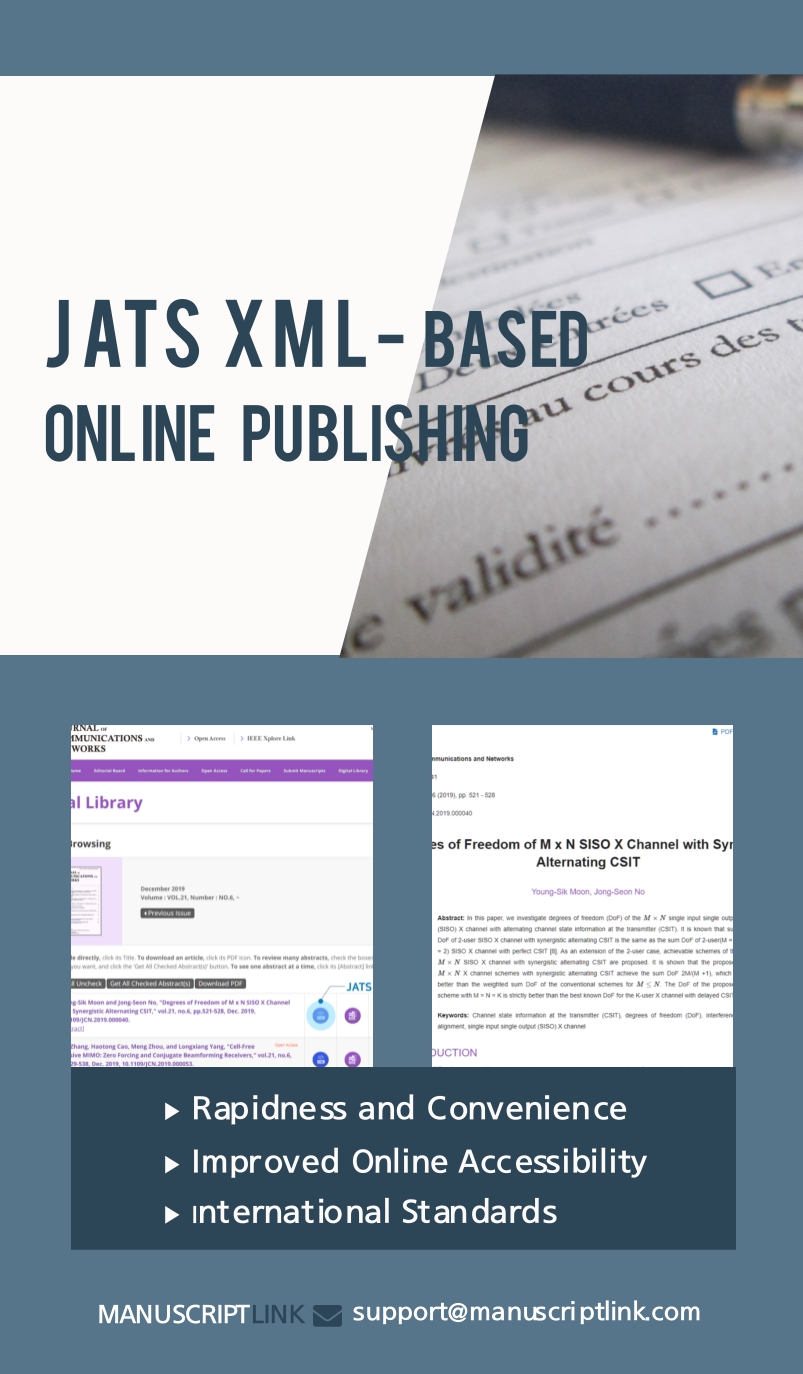Eurographics Workshop on Parallel Graphics and Visualization
EGPGV 2022
- URL: https://www.egpgv.org/2022/
- Event Date: 2022-06-13 ~ 2022-06-13
- Abstract Submission Date: 2021-12-06
- Submission Date: 2021-12-13
- Location: Rome, Italy
Computer Graphics Computer Vision & Pattern Recognition
EGPGV has two submission deadlines: early submission in December and regular submission typically in February. This offers authors the flexibility to choose between two separate submission deadlines. The early submission deadline also provides the opportunity of improving manuscripts and resubmitting them to the regular deadline in case they are not successful in the early review phase, resembling a major revision review process. An FAQ about the early submission process can be found at the bottom of this email. Please notice also that this year there are again abstract deadlines one week in advance to the paper deadlines.
EGPGV 2022 will take place on June 13, 2022, and be co-located with EuroVis 2022, held June 13-17, 2022, in Rome, Italy.
The proceedings of EGPGV will be published in the Eurographics Proceedings Series and in the Eurographics Digital Library. Best papers from the EGPGV symposium will be invited to submit an extended journal version to IEEE Transactions on Visualization and Computer Graphics.
EGPGV seeks papers on graphics and visualization that involve any type of parallel computing, and/or focus on very large data sets. Papers on techniques, data structures, algorithms, systems, and applications are welcomed. Parallel computing is broadly defined, including high-performance computing and cloud environments, (multi-)GPU computing and heterogeneous, hybrid architectures, and shared and/or distributed memory architectures. Further, papers focused on processing very large data sets (either for visualization or graphics) are welcomed, even if they do not have a particular focus on parallelism.
Typical symposium topics include:
- Computationally and data-intensive rendering
- Scientific visualization (e.g., volume, flow, and tensor visualization)
- Information visualization and visual analytics
- In situ analytics and in situ visualization
- Out-of-core processing of large data sets for visualization or graphics
- Simulations for virtual environments (physics-based animation, collision detection, acoustics)
- Mesh processing, level-of-detail, and geometric methods
- Visual computing (image- and video-based rendering, image processing and exploitation, segmentation)
- Scheduling, memory management, and data coherence
- Parallelization approaches and algorithms, such as MapReduce
- Database-related methods, algorithms or approaches, and query-based visualization
- Advanced hardware for data handling or visualization
- Large and high-resolution displays, virtual environments
- Scientific, engineering, and industrial applications
- Data analytics on large scientific data sets
- Machine learning as applied to parallel graphics, visualization and/or large data analytics
In general, appropriate topics for the symposium fall into one of four categories:
(1) parallel graphics,
(2) rendering of very large data sets,
(3) parallel visualization and analytics, and
(4) processing of large data sets for visualization or analytics.
For additional information regarding paper submission and publication, please contact the program chairs.
EGPGV again calls for Full Papers (8 to 10 pages) and Short Papers (up to 4 pages) in Eurographics format (+ 1 page of references). The EGPGV webpage will be updated soon with more details on submission.
Important Dates:
December 6, 2021 - Early Submission Abstract Deadline
December 13, 2021 - Early Submission Paper Deadline
January 24, 2022 - Early Submission Notification
February 25, 2022 - Regular Submission Abstract Deadline
March 4, 2022 - Regular Submission Deadline
For additional information, please contact us via papers@egpgv.org.
Website:
https://www.egpgv.org/2022/
EGPGV Leadership:
Symposium Chair: Filip Sadlo, Heidelberg University, Germany
Program Co-Chair: Roxana Bujack, Los Alamos National Laboratory, USA
Program Co-Chair: Julien Tierny, CNRS / Sorbonne Universite, France
FAQ on Early Submission:
Q: What happens if my paper is accepted in the early submission review cycle?
A: Your paper will have the exact same status as any paper accepted during the regular submission review cycle. It will appear in the proceedings and you will present your paper at EGPGV22.
Q: Who can benefit from the early submission process?
A: There are benefits whether the paper is accepted or not accepted. For accepted papers, the benefit is in getting acceptance earlier and having more time for, e.g., travel organization. For multiple minor revisions, major revisions, and rejected papers, the benefit is in effectively adding a revision cycle, i.e., getting feedback from the early submission and then submitting the revised paper to the regular submission deadline.
Q: If I do not submit to the early submission deadline, can I still submit to the regular submission deadline?
A: Yes, you can absolutely submit to only the regular submission deadline.
Q: What is the timeline for the regular submission deadline?
A: We are still in discussions with Eurographics with respect to camera-ready deadlines. Traditionally, EGPGV has a submission deadline of late February and a notification of early April. We expect the timeline for the regular submissions to match this traditional schedule.
Q: What paths can an early submission take?
- It might be accepted straightaway on January 24.
- It could be conditionally accepted on January 24, which would require a revision on February 7. This could result in an accept, another conditional accept, or a reject on February 14. In case of another conditional accept, the revision will be due at the regular submission deadline. In case of a reject, the work can be resubmitted as new at the regular submission deadline.
- It could receive a major revision decision on January 24, which would be due at the regular submission deadline.
- It could be rejected on January 24. In this case, the work can still be resubmitted as new at the regular submission deadline.
--
Dr Julien Tierny
CNRS Researcher
Sorbonne Universite
















